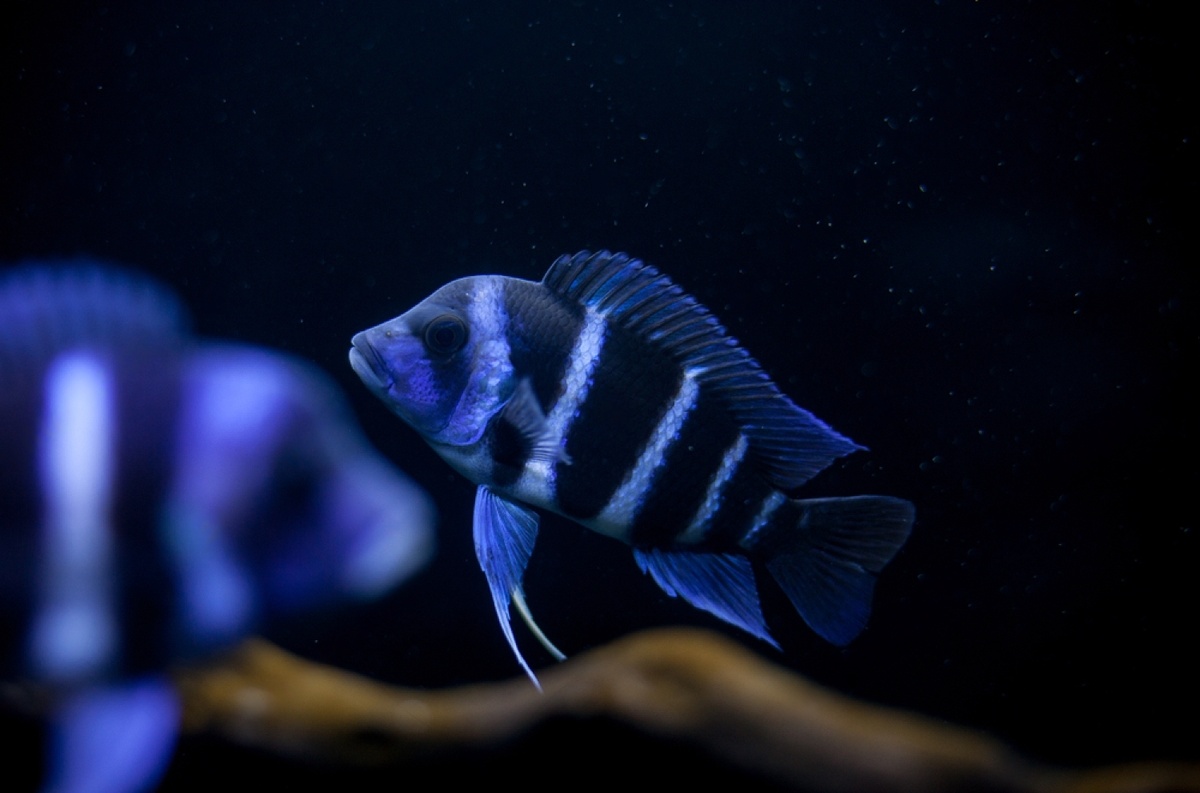Small-scale aquatic ecosystems, such as nano tanks and desktop aquariums, offer a fascinating glimpse into miniature underwater worlds. These compact setups are perfect for hobbyists with limited space or those looking to create a stunning focal point in their home or office. In this article, we'll explore the basics of small-scale aquatic ecosystems and how they can be tailored to accommodate popular fish species like the Angel Ram Cichlid and German Blue Ram
Nano Tanks:
Nano tanks, typically ranging from 2.5 to 10 gallons in size, are designed to house a small number of fish, along with carefully selected plants and decorations. Despite their diminutive dimensions, nano tanks can support a diverse array of aquatic life, creating a dynamic ecosystem within a confined space. These tanks require meticulous attention to detail, as even minor fluctuations in water parameters can have a significant impact on their inhabitants.
Choosing Fish for Small Tanks:
When stocking a nano tank, it's essential to select fish species that are well-suited to the limited space and water volume. The Angel Ram Cichlid and German Blue Ram are two popular choices for nano aquariums, thanks to their manageable size and peaceful demeanor. These colorful cichlids add a vibrant splash of color to any tank and can coexist peacefully with a variety of tank mates.
Aquascaping Techniques:
Aquascaping is the art of arranging plants, rocks, and other decor to create visually appealing underwater landscapes. In small-scale aquatic ecosystems, aquascaping plays a crucial role in maximizing space and creating a naturalistic environment for fish to thrive. Utilizing techniques such as the rule of thirds, focal points, and layering can help create depth and dimension in your nano tank.
Plant Selection:
Live plants are essential components of small-scale aquatic ecosystems, providing oxygen, absorbing excess nutrients, and creating natural habitats for fish. When choosing plants for your nano tank, opt for species that are compatible with the lighting and water parameters of your setup. Hardy, low-light plants like Java Moss, Anubias, and Dwarf Sagittaria are excellent choices for beginners and require minimal maintenance.
Maintenance Tips:
Proper maintenance is crucial for the health and longevity of small-scale aquatic ecosystems. Regular water changes, substrate vacuuming, and filter maintenance are essential tasks that help remove debris and maintain water quality. Additionally, monitoring water parameters such as temperature, pH, ammonia, and nitrite levels ensures a stable and healthy environment for your fish and plants.
Conclusion:
Small-scale aquatic ecosystems offer a unique opportunity to experience the beauty and tranquility of underwater life on a miniature scale. By carefully selecting fish, plants, and decor, aquarists can create stunning nano tanks that serve as captivating focal points in any space. With proper care and maintenance, these compact ecosystems can provide endless enjoyment for hobbyists of all skill levels, allowing them to explore the fascinating world of aquatic gardening and fishkeeping.


No comments yet